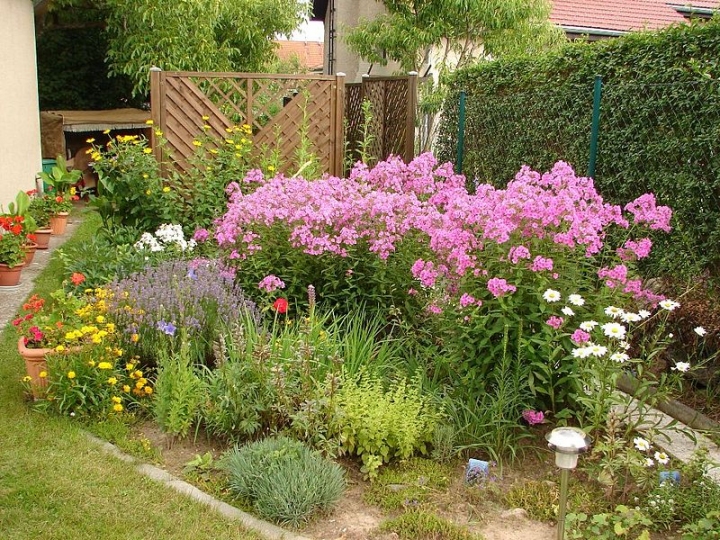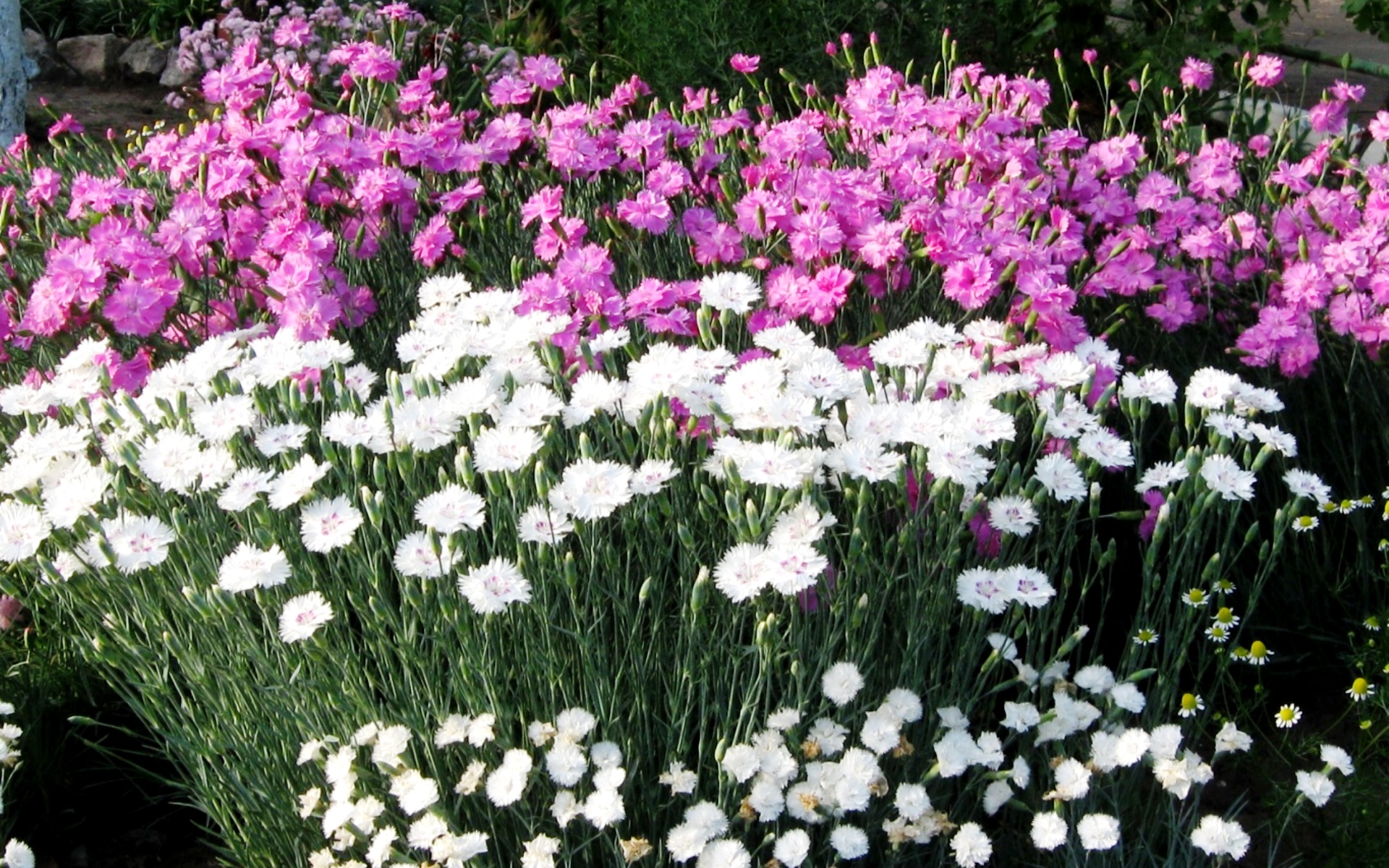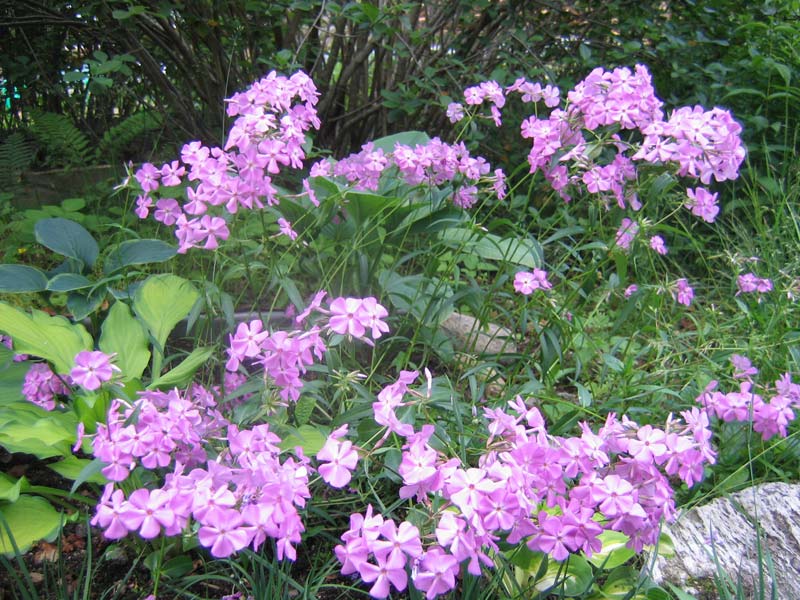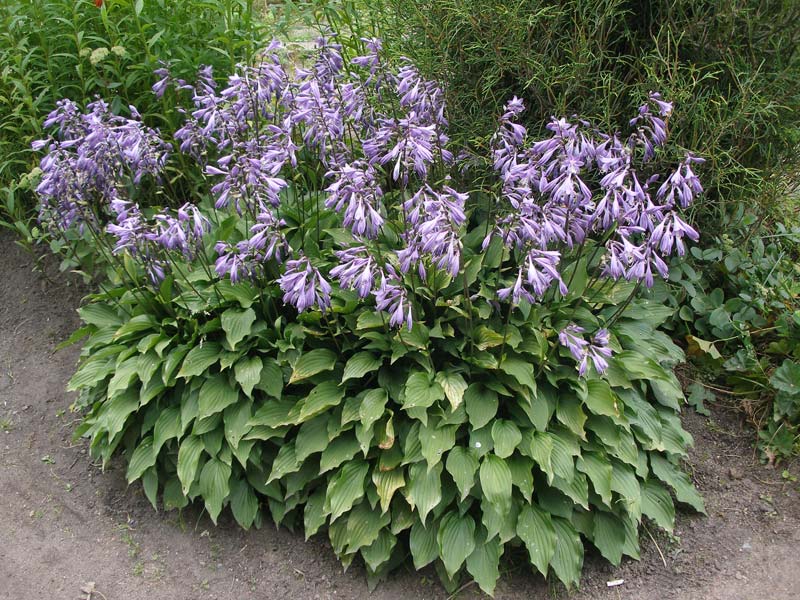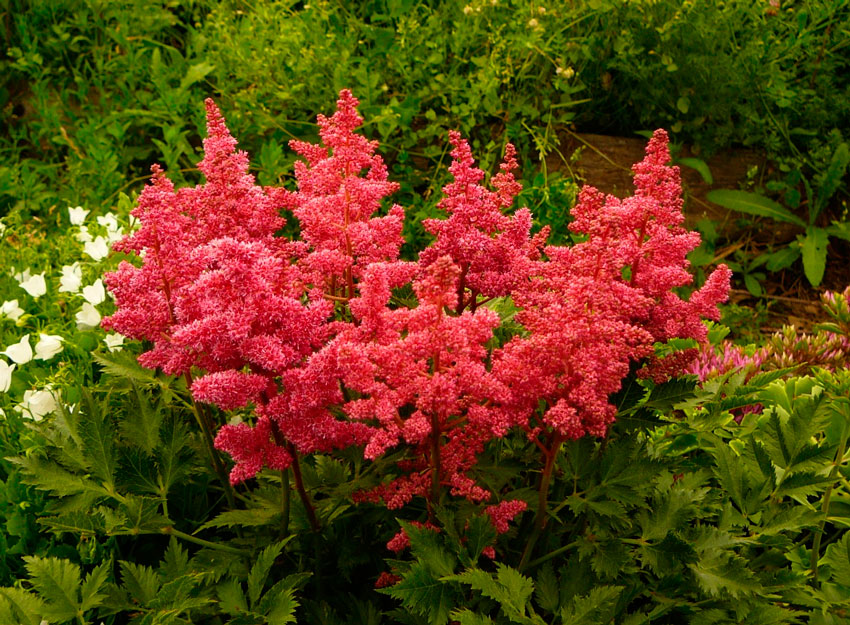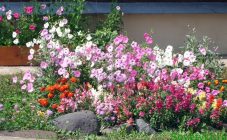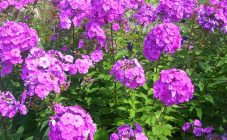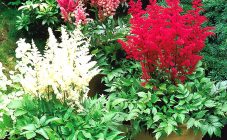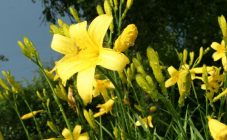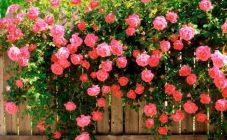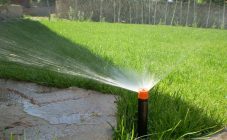Content:
When buying a summer cottage, gardeners are trying, in addition to planting vegetables, to equip a flower bed for the aesthetic appearance of the site in order to be able to admire the beautiful flowers. Long-flowering perennials for the garden are mainly chosen for this. The reason for this is that a new site requires a lot of attention and work, you want beautiful flowers immediately. The advantages of perennial plants are that they do not need to be replanted every year. They are able to grow over several years. At the same time, they are not afraid of either cold or frost. On the contrary, they are necessary for the natural processes of vegetation to take place.
Description of perennials
Long-blooming flowers for the garden are universal, since they act as the basis for any floral arrangement. From these crops, you can create flower meadows that bloom continuously until the very frost. At the same time, color schemes are formed in such a way that, when visually perceived, the flower bed only emphasizes the design of the site.
If you choose the right perennial plants for the garden blooming from spring to autumn, then it will be fragrant until winter. In addition, the greatest number of flowers bloom in summer. In addition, there are many plants that bloom from May to September.
Perennials are divided by flowering time into the following groups:
- The flowering period lasts seven to fourteen days;
- Duration of flowering does not exceed 4-5 weeks; under favorable conditions, it can smell sweet for two months;
- Crops that bloom from the first days of June to early September.
Perennial - beautiful flowers blooming all summer for the garden, are considered the "stars" of flower beds and flower beds.
The most beautiful perennials
The best long-flowering perennials for the garden differ in root system and height. Plants can be planted, which spread as a carpet on the ground and completely fill the space that forms in the flower bed. But it should be noted that such plants bloom violently, provided that they are planted in the shade.
The most beautiful long-blooming garden flowers are as follows.
Carnation
This culture is perceived by most as an annual June, but recently a large number of varieties have been bred that have a longer flowering period. Among them there are species that are able to delight with their flowering throughout the summer. These include:
- Grass carnation - grows no more than forty centimeters and forms small bushes. The flowers of this plant reach only one and a half centimeters in diameter, while they bloom so magnificently that they form a floral carpet.
- Ural carnation - differs in that it calmly tolerates drought and grows up to twenty-five centimeters in height, while also forming a bush.The flowers have a light pink hue, which is emphasized by the light green color on the back of the petals.
This plant is grown in flower beds as low perennial flowers. In addition, borders are often decorated with grass.
Since carnation is a sun-loving plant, soil such as loam and sandy loam is best suited for growing it, the site should be illuminated by the sun's rays. The culture is not demanding to care, the only condition is to periodically divide the shrubs to rejuvenate the plant.
Oak sage
Oak sage, its second name - Salvia, grows to a height of thirty-five to sixty centimeters. The small flowers of the plant are collected in candle-shaped inflorescences, which, in turn, grow twenty centimeters. The plant is hygrophilous, prefers to grow on fertile soils with sufficient moisture. Needs feeding and pruning.
Mythical astrania
This summer plant grows as a bush and reaches a height of seventy centimeters. This culture has beautiful not only flowers, but also leaves. The color palette consists of white, pink, green and cream shades. Accepts any kind of soil and feels great, both in partial shade and in a sunny area. The only thing that is required for the plant as care is the removal of wilted inflorescences.
Geranium
Blood-red geranium is a culture in which the rhizome is very powerful, in this it differs from its congeners. The plant forms a kind of pillow of stems and leaves, on which delicate flowers bloom. A culture develops best on soil with a slightly alkaline reaction to acidity or in neutral soil. Perfectly perceives both a sunny meadow and partial shade.
Soft cuff
This is an incomparable curly spring plant, which no one recognized for a long time, but then the plant began to conquer places in their summer cottages. The culture amazes with its unusual yellow-green colors.
Fertile soil is important for a flower; it blooms both in the sun and in partial shade. Care consists in watering during a drought and mulching the soil.
Phlox caroline
This plant has a large number of advantages, among which it should be noted long flowering, in contrast to other species of its congeners. The color palette includes shades of pink, magenta, or white. The culture grows in fertile soil, which must be constantly loosened and watered. In addition, it is recommended to mulch the root zone.
Derbenniki
This plant grows to a height of eighty centimeters to a meter. With this quality, it makes it possible to use it as a background in the process of creating color compositions in a natural environment. The plant is unpretentious, capable of growing and developing under any conditions, while it requires moisture. In the process of leaving, timely watering and pruning of ripe inflorescences are required. This is necessary to prevent self-seeding and spread on the territory.
Armeria seaside
In this flower, the inflorescences resemble floating balls created from small flowers. Plant height does not exceed twenty centimeters. The color scheme includes pink, carmine, red shades. The plant thrives on both open soil and pots. The culture does not require special care, it grows in most cases on sandy soil. Care consists in the timely separation of the bushes.
Broadleaf bell
This flower prefers to grow in shaded areas. The height of the bush reaches one meter. But the inflorescences should be cut off after flowering, since in this case the flower bed will lose its appearance.
Hosta
This plant attracts with its decorative leaves. The brightness of their shades changes, in accordance with the place where the plant is planted.They will be bright in a sunny meadow; plants growing in partial shade will have a dark color.
Perennial flowers in the Moscow region, Siberia and the Urals
Many of those perennials that grow in the Moscow region are not suitable for Siberia and the Urals. In these regions, you need to plant a culture with a powerful root system that can survive severe frosts. These plants are:
- From undersized:
- Crocuses;
- Pansies;
- Muscari;
- Proleska;
- Muscari;
- Gentian.
- Medium and tall plants include:
- Astilba;
- Alpine aster;
- Aquilegia;
- Tulip;
- Delphinium;
- Pion;
- Rose flower;
- Chrysanthemum.
Growing perennials
Before planting perennial plants in a flower bed, you need to dig up the soil and fertilize with organic and mineral fertilizers. In this case, fertilization should be, depending on the type of plant for which the soil is being prepared. Some flowers are picky about the acidity of the soil, it must be corrected with lime. In addition, the loosened soil should settle for several days before sowing.
Further care for perennials is watering and loosening. Most often, gardeners use mulching to maintain soil moisture. The preparation of flowers for winter often depends on the type of plant, as some of them need shelter.
You can talk endlessly about garden perennials blooming all summer. Many more types can be added to the above colors. These plants will not only decorate the garden, but also cheer you up.
